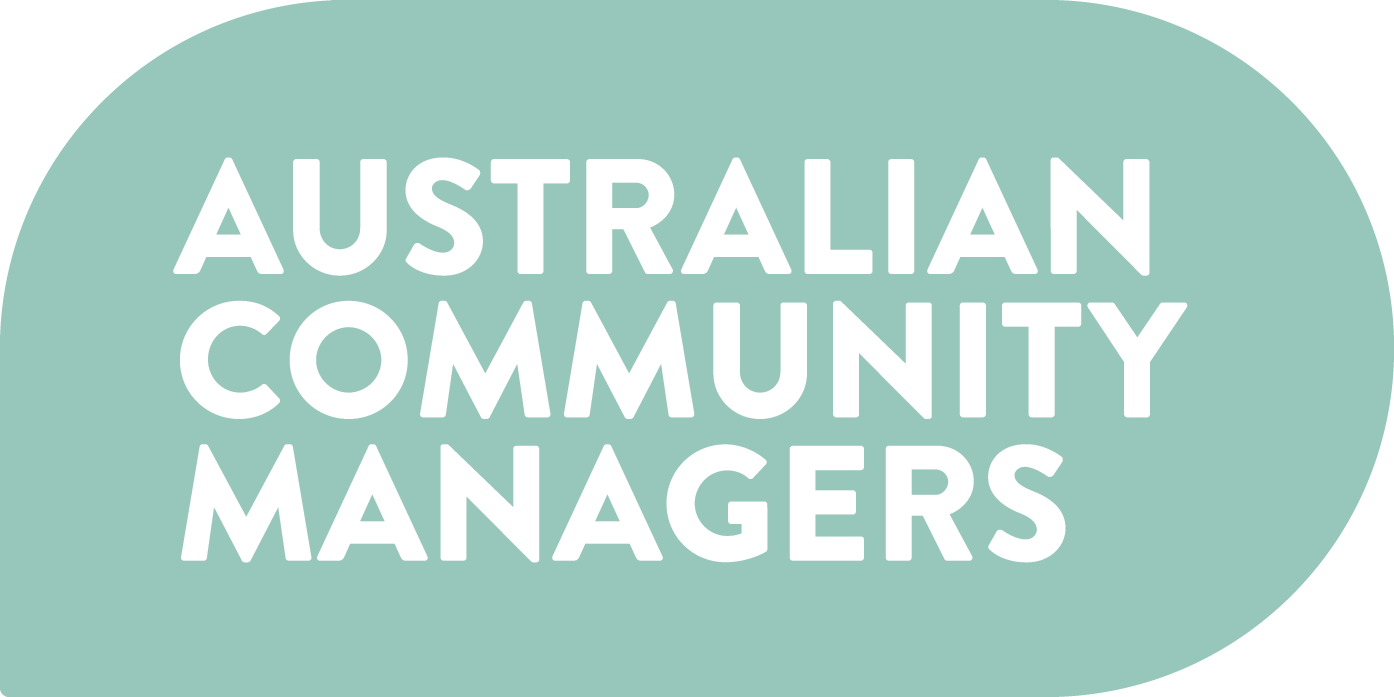Ethical AI for Community Management
AI is fast becoming woven into the fabric of community management, from moderation tools to engagement algorithms. But it’s not without risks - for members and community managers.
Ethical AI practices help community builders and stewards ensure that these technologies align with core community values, such as trust, accountability, and inclusivity.
Key Concerns
Concerns commonly raised around use of AI in online community management and moderation include:
Bias: AI systems often inherit and amplify societal biases, which can disproportionately impact marginalised groups, who otherwise find belonging in safety online.
Trust: Poorly applied AI tools, or a lack of transparency in that application, can quickly erode hard-won trust between community managers and members.
Human Touch: Over-reliance on AI risks removing the nuance and empathy of human community managers.
Misinformation: AI can inadvertently spread harmful or false information.
Standardisation: AI tools may offer limited flexibility and have limited learning capability (especially if they have not been trained on your community data-sets, or if your community is too small to input for Large Language Model training). As a result, AI can defaults to probability, decisions and recommendations that may be unsuitable for your community’s specific context.
Disempowered Community Management: AI can marginalise the role of human community professionals, reducing their ability to apply judgement, adapt to complex situations, advocate for their community, and practice effectively. This can also lead to a loss of human institutional knowledge and a decline in the community's ability to self-govern.
Look Before You Leap
Though AI is becoming a part of life, people are still wary about its application across certain scenarios. Consumer research shows that - for now at least - people prioritise transparency and human connection.
For example:
90% of consumers globally want AI transparency (Getty Images 2024 Report: 7,500 people across 25 countries);
90% of people prefer human interactions over chatbots for support (Survey Monkey AI Report, 2023);
64% worry that businesses using AI will lack a human touch (Thoughtworks, 2023); and
93% say they risk detrimental impacts if a community does not act ethically when using AI (Thoughtworks, 2023 Global Survey).
Risks of Unethical AI for Communities
Unethical AI within a community setting can create risks in a few ways:
Regulatory Risks:
Breaching privacy or data legislation
AI-specific regulations
Reputational Risks:
Violating member trust through lack of informed consent, surveillance or data misuse
Increased risk of PR issues from:
environmental harms
systemic bias
data provenance
exploitation of workers (especially in the Global South)
Commercial Risks:
Reduced member retention and referrals due to trust breaches
Financial losses from regulatory violations or ethical failures
Loss of competitive advantage
Cultural Risks:
Undermining transparency and reducing member engagement
Allowing or producing social harms through unchecked AI-driven decisions
Moral Risks:
Individual conscience
Misalignment with community values
Organisational values alignment
Requiring staff to be complicit in unethical practices
Manipulation/loss of member autonomy
Commitments and policies (e.g. modern slavery reporting, environmental agreements).
3 Steps for Ethical AI in Communities
Ethical AI begins with thoughtful planning and informed decision-making. Here’s three simple things to do - and repeat - to help steer you straight.
Audit Your Current Tools
Assess AI systems already in use. Are they meeting your ethical standards? If you don’t have access to this knowledge but suspect systems are in place that impact your community, that’s a good place to kick-off a conversation.Establish Ethical Frameworks
Define your community's guiding principles for using AI. Align these with member expectations and organisational values. This can - and should ideally - also align with any organisational policies and approaches to AI ethics. Robust community principles will struggle to create effects if company policy works oppositionally.Conduct Use-Case Analysis
For any new AI tool coming into the community, ask:What does this tool add to our community?
What might it take away?
Does it respect both our legal and social contracts with members? With staff that work on the community?
Can we run a contained test or prototype to understand the risks and prepare for them before rolling out more widely?
Getting It Right
Ethics Oversight: Form internal groups to review and guide AI decisions. Consider hiring an AI Ethics Officer, or add this to the portfolio of an existing role.
Impact Assessments: Evaluate the potential harms of any AI tool before implementation.
Be Systematic: Use checklists and frameworks consistently.
Develop Responsibly: Require any internal AI development to work through checklists and engage with internal governance teams.
Hold Accountable: Be clear that maintaining ethical standards from third parties and vendors is a pre-requisite for your business.
Collaboration: Partner with peers, academics, advocates, and regulators for diverse perspectives.
Transparency: Communicate clearly with your community about how AI tools are used and how ethical standards are upheld.
User Agency: Ensure your users can voice their perspectives on AI use in your community, and remain open to critical feedback.
Ethical AI isn’t just a technological consideration—it’s a community responsibility. As stewards of online spaces, community managers must navigate the opportunities and challenges AI presents with care and accountability. By prioritising ethics, we can use AI to strengthen, not harm, the communities we serve.
Learn More:
Websites:
https://www.aiethicist.org/frameworks-guidelines-toolkits
https://www.dair-institute.org/
Books: Atlas of AI by Kate Crawford (2021), Automating Inequality by Virginia Eubanks (2018), Weapons of Math Destruction by Cathy O'Neil (2016)
Thought Leaders: Timnit Gebru, Joy Buolamwini, Kate Crawford


